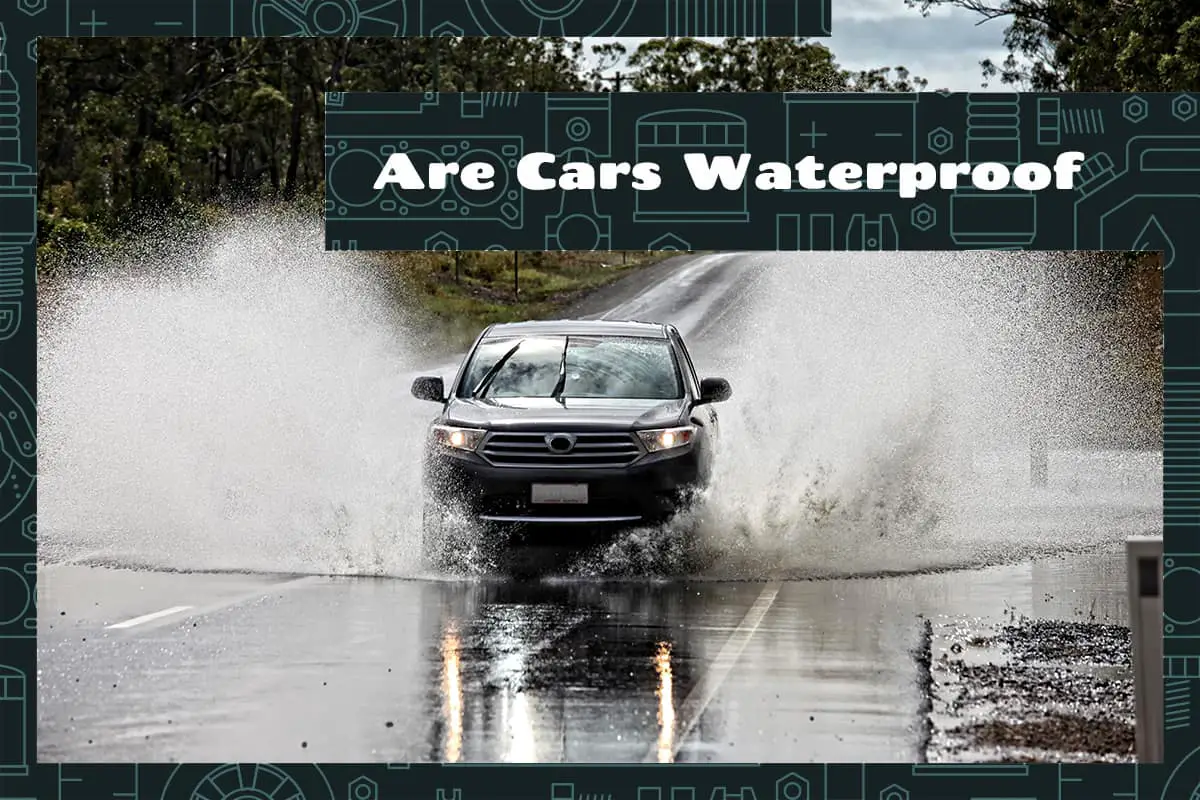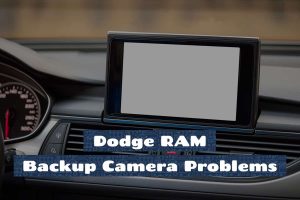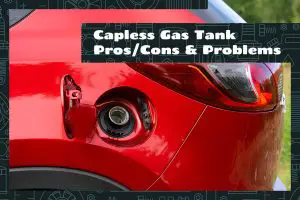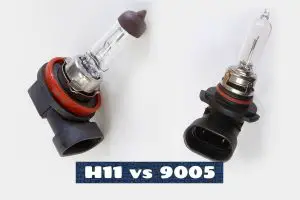Cars ferry us from one point to another, come rain or shine. And while the worst is behind us, at least for many parts in the US, many often wonder about the waterproof capabilities of their vehicles. This is especially important for those that live in flood-prone areas.
No, cars are not entirely waterproof. While certain parts like the undercarriage, engine bay, and interiors have protective measures, they are designed to resist water to a degree, not keep it out entirely. Being water-resistant doesn’t equate to being leak-proof, so it’s possible for water to find its way in under certain conditions.
This guide will take you through the distinctions between being water-resistant and waterproof, the waterproof features in modern cars, and what situations can leave your car waterlogged.
Waterproof vs. Water-Resistant vs. Leak-Proof
When discussing vehicles and their interaction with water, three terms commonly arise: waterproof, water-resistant, and leak-proof. Though they might seem similar, there are nuances that set them apart.
Waterproof
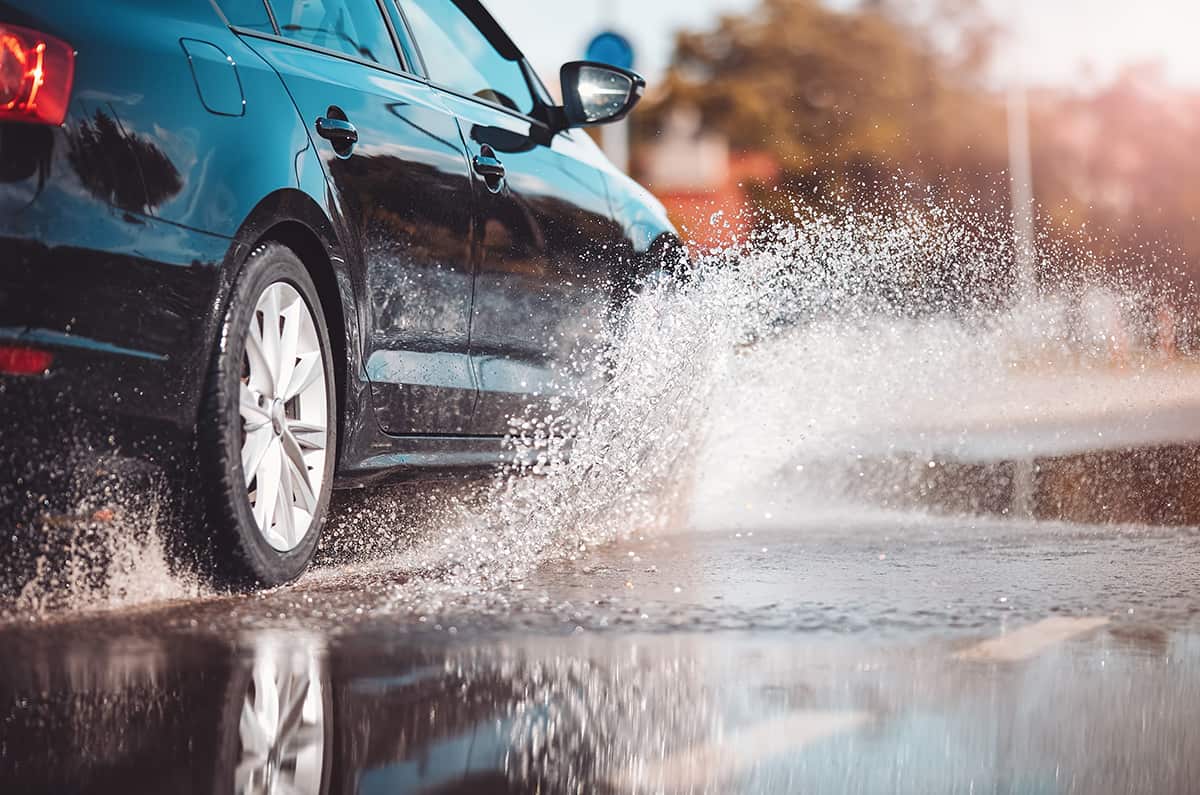
A product labeled as waterproof implies it offers complete protection against water penetration, no matter the duration or depth. In the automotive world, no car is 100% waterproof. Submerging a car underwater for extended periods will inevitably lead to water seeping in.
Water-Resistant
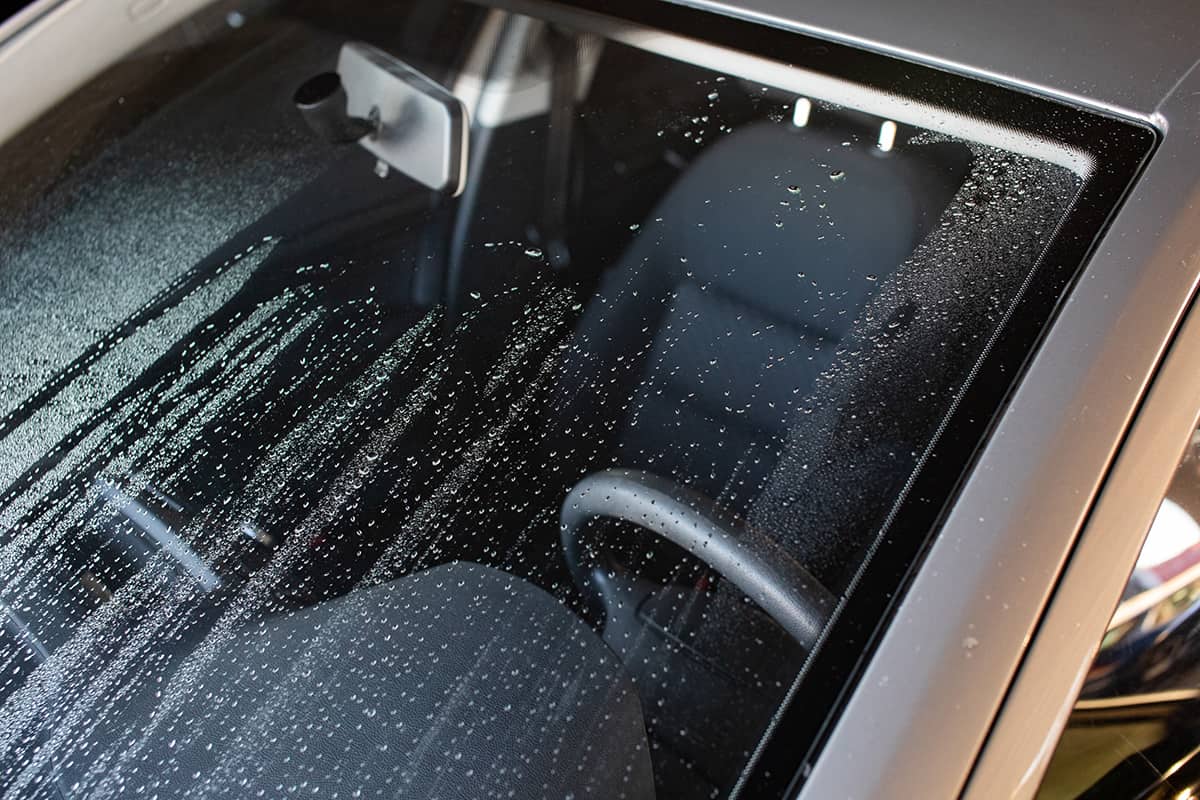
Water-resistant refers to a product’s ability to repel water to some extent but not entirely. Cars are generally designed to be water-resistant. Doors, windows, and other parts have seals to keep out rain or water splashes. However, when exposed to large amounts of water or submerged, water can still penetrate.
Leak-Proof
Leak-proof suggests that a product can prevent any fluid from leaking in or out. In cars, certain components, like fuel tanks and brake fluid reservoirs, are designed to be leak-proof to keep the liquids contained. However, the term doesn’t imply protection against external water intrusion into the car.
Critical Waterproofing Components
The automotive industry continually innovates to enhance the performance, safety, and comfort of vehicles. One aspect of this innovation pertains to making cars more resilient to water. Here, we’ll take a look at some of the primary waterproof features found in modern cars.
1. Underbody Protection
The underbody, or the underside of a car, is designed to face a lot of water, especially during rainy days or when driving through puddles. To keep the internals safe, many cars now come with protective shields and coatings that repel water, reducing the risk of rust and corrosion.
2. Engine Bay Seals
The engine is the heart of the car, and protecting it from water is paramount. Modern vehicles come with sealed engine compartments. Rubber seals around the hood edges and various engine components keep out rainwater and prevent moisture from causing damage or electrical shorts.
3. Door and Window Seals
Every time you shut your car door or roll up a window, you’re making use of waterproof features. The rubber seals around doors and windows are designed to keep out rain and other forms of moisture. Over time, these can wear out, but replacements are readily available to maintain the car’s water resistance.
4. Electronics Waterproofing
Electrical components and circuits are vulnerable to water. Modern cars come equipped with sealed electrical connectors, moisture-resistant coatings, and water-tight fuse boxes to keep these critical components dry.
5. Tire Design
Though not always considered a waterproof feature, tire design plays a role in how a car interacts with wet roads. Tread patterns are crafted to channel water away, providing grip on wet surfaces and reducing the risk of hydroplaning.
6. Convertible Roofs
For those who love the open-air feeling, convertible cars are a delight. But when it rains, the roof needs to shield occupants from the elements. Modern convertibles boast advanced materials and sealing mechanisms, making them nearly as watertight as their hard-top counterparts.
7. Vent and Air Intake Design
Cars need to breathe, drawing air into the engine and cabin. Vents and air intakes come with design features like louvers or water traps, ensuring water doesn’t make its way into areas where it shouldn’t.
When Cars Can’t Withstand Water
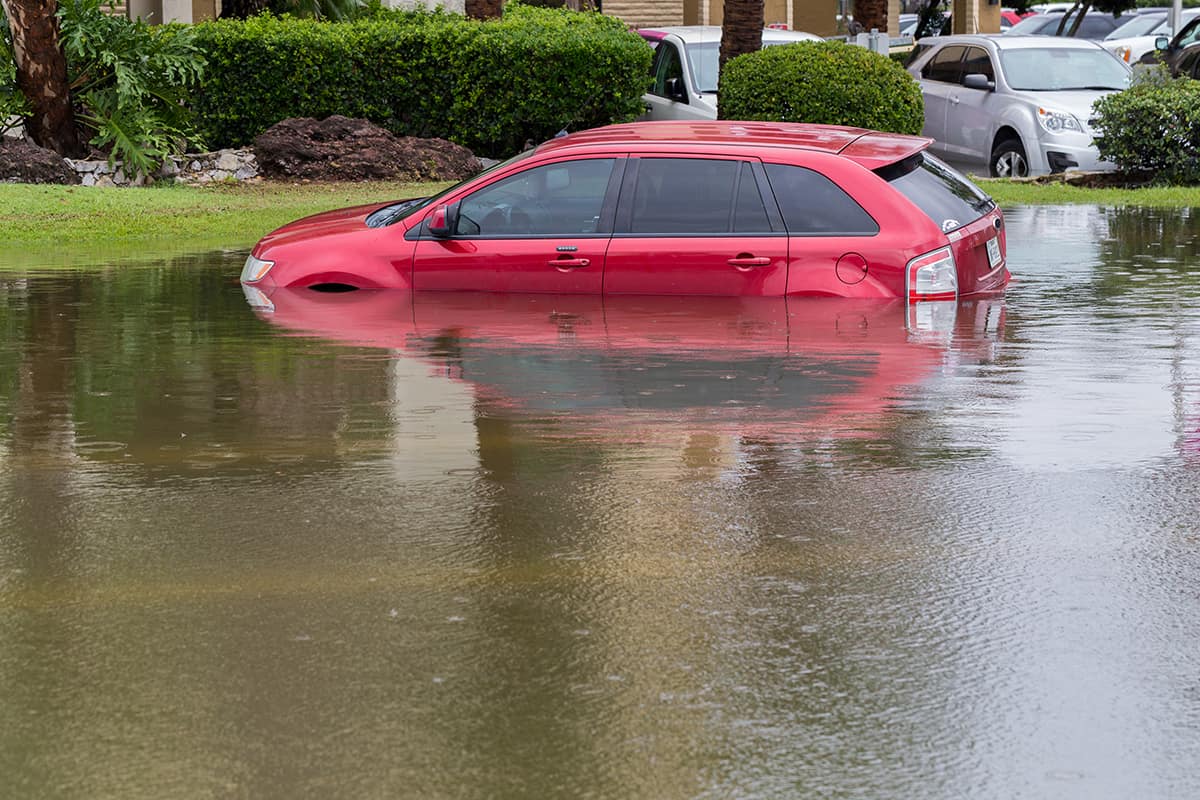
As you have read already, cars are designed with all sorts of waterproofing features, but there are limits to what they can endure.
Deep Water and Flooding
Driving through a deep puddle or a flooded area is risky. When water reaches a certain height, it can seep into the cabin, engine bay, and other sensitive areas. Once inside, water can damage upholstery, electronics, and mechanical components. Substantial flooding can even cause a car to stall or get swept away.
Prolonged Exposure to Moisture
Continuous exposure to moisture, especially in humid climates, can accelerate wear on a car’s protective coatings, seals, and underbody. Over time, this might lead to rust, corrosion, or weakened seals, which reduce the vehicle’s overall water resistance.
Hydroplaning
Wet roads can be treacherous. When tires encounter more water than they can disperse, they lose contact with the road, causing the car to hydroplane or skid uncontrollably. While tire design helps counteract this, extremely wet conditions or worn-out tires increase the risk.
Water in the Fuel
Fuel stations, especially those with underground tanks, can sometimes have water-contaminated fuel. Filling up with this contaminated fuel can lead to issues like poor acceleration, engine misfires, or even engine failure.
Brake Water Interference
Wet brakes don’t perform as effectively as dry ones. Water can create a film between the brake pads and rotors, reducing their grip. While modern brakes are designed to expel water quickly, driving through deep water can temporarily impair brake performance.
Air Intake Submersion
Cars draw in air to mix with fuel for combustion. The air intake, often located near the front of the car, can suck in water if submerged. This phenomenon, known as water lock, can cause severe engine damage.
Damaged Seals and Gaskets
Wear and tear or damage to door seals, window gaskets, or engine compartment seals can reduce a car’s ability to keep water out. Routine checks and replacements are recommended to maintain the car’s water defense.
Waterlogged Electronics
Today’s cars rely heavily on electronics for various functions, from entertainment to safety systems. While these electronics are designed to be moisture-resistant, submersion or significant water intrusion can lead to malfunctions, shorts, or permanent damage.
Clogged Drains
Cars come with built-in drainage systems, especially around sunroofs, doors, and the base of the windshield. Debris can clog these drains, leading to water buildup and potential leaks into the car’s interior.
FAQs
1. What should I do if my car gets submerged in water?
- If you’re inside, unbuckle and unlock the doors. If the water pressure prevents you from opening the door, wait until the interior fills with water, then try again.
- Once out, get to higher ground.
- Do not attempt to start your car if it’s been submerged, as this can cause severe engine damage.
- Disconnect the battery to prevent electrical shorts.
- Tow your car to a mechanic to assess the extent of the damage and advise on repairs.
2. Is it safe to drive through large puddles or flooded areas?
It’s generally recommended to avoid driving through large puddles or flooded areas. Even a few inches of water can cause a car to lose control or stall, and deeper waters can lead to more significant issues, including submersion.
If you must pass, drive slowly, stay on the center of the road (where it’s highest), and watch for floating debris. After crossing, test your brakes gently to dry them out and ensure they’re working properly.
3. How can I waterproof my car?
While you can’t make your car entirely waterproof, you can enhance its water resistance. Here are a few steps:
- Wax and Seal: Applying a high-quality wax or sealant to your car’s exterior forms a protective barrier against water and reduces paint damage from contaminants.
- Rubberized Undercoating: Spraying this on the underbody of your car can protect against water, salt, and other elements that might cause rust or corrosion.
- Check and Replace Seals: Regularly inspect the rubber seals around your doors, windows, and engine bay. If they show signs of wear or damage, consider replacing them to maintain a tight seal against water.
- Waterproof Sprays for Interiors: These sprays can be applied to your car’s fabric seats, carpets, and mats, making them more resistant to water and spills.
